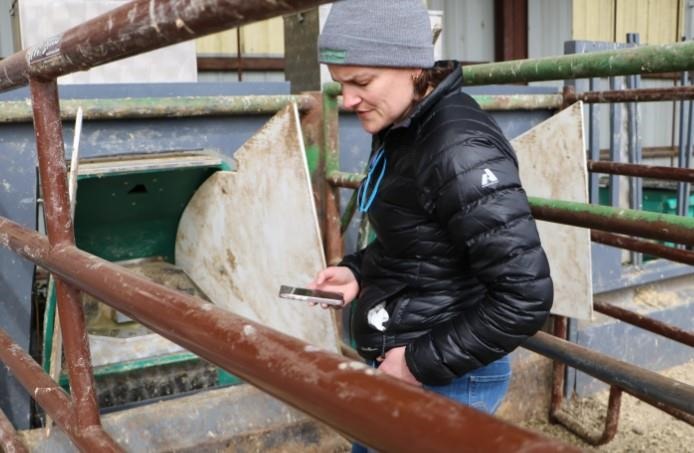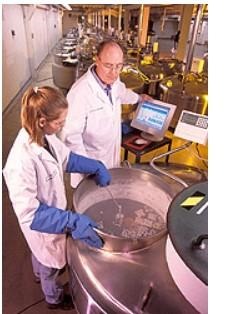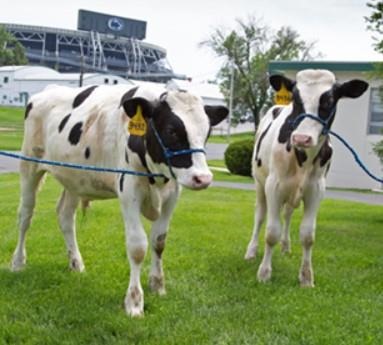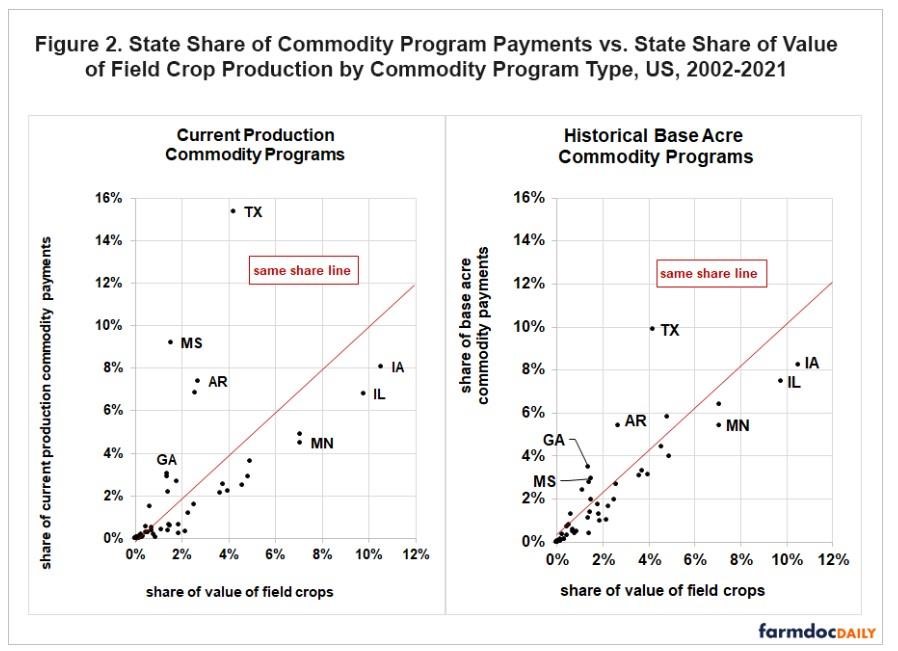By Brooks Warner
Estrus synchronization often is used in the artificial insemination industry.
Typically, we do not talk about synchronization with natural service operations. However, it still can be a very useful management technique in natural service situations.

Calves born in a shortened calving season will be heavier, and more uniform in size and weight.
A common question is “can my bull effectively breed each cow or heifer when everyone comes into heat at once?”. The answer is yes. Bulls should have experience, about 3+ years, have a BCS of at least 6, and have a scrotal circumference of at least 34cm. The bull should have also been through a breeding soundness exam. If the bull has each of these characteristics, he will be able to breed eleven cows per day.
The economic implications of synchronization can be seen when you bring a pot load of calves to market. Larger groups of like type and like size cattle bring more money. The value difference in pot load-sized groups of calves versus smaller groups can be seen nearly daily in sales across the state and the U.S.. The table above shows the potential of different sized calves born to cows that were not synchronized and outlines calf weights between calves born in the first cycle vs. calves born in subsequent cycles. Obviously, calves born in a shortened calving season will be more uniform in size and weight.
For example, during the week of Oct. 26, 2021, two groups of steers that were the same breed and color with similar management were sold at the same sale on the same day. One group of fourteen steers weighed 588 pounds and brought 150.50 per hundredweight (cwt) for a total value of about $885 per head.
Another group of ninety steers weighed 589 pounds and brought 164.25 per cwt. That’s a total value of about $967 per head. That is a difference of $82 dollars per head just for having a pot load of calves.
One of the ways to make your calf crop more similar in weight is synchronization, whether you employ artificial insemination (AI) or natural breeding. In this article, we are going to discuss estrous synchronization in natural breeding programs. Three protocols we will discuss the details and pros and cons of are: 1. prostaglandins. 2. MGA and 3. use of CIDRs
Prostaglandins
Prostaglandins terminate the normal cycle and allow the cow to ovulate and start a new cycle. Using prostaglandins is the cheapest and lowest input way to synchronize estrous in your herd. Prostaglandin protocols are approved for use in mature cows and heifers. Cows only need to be sent through the chute once, and the drug is relatively inexpensive.
However, while using prostaglandins in cattle, you could see ineffectiveness in anestrous cows (those not showing heat) and prepubescent heifers (not sexually mature). For prostaglandins to be effective, cattle will need to have a body condition score of at least 5 and be showing signs of estrous.
The protocol for using prostaglandin is turn your bull out at normal time (day zero) and females will be given one shot of prostaglandin on day four. Below is a table that explains when to turn out the bull and administer prostaglandin to achieve your desired calving date.

MGA
MGA (Melengesterol Acetate) is a product that can be fed as an additive and contains progestin. MGA is labeled for suppression of estrus in heifers and is not approved for use in mature cows.
MGA is to be fed to heifers for fourteen consecutive days, and after the withdrawal of ten days, heifers will start estrus two to six days later. This will be a subfertile estrus and heifers should not be bred. The bull should be turned out with the heifers after day ten of the withdrawal period. MGA can be a good option for cattle producers without a cattle handling facility.
MGA can be a challenge to use because for it to work, each heifer must be fed half a milligram of MGA per day for fourteen days. Careful feed bunk management must occur. If you have greedy eaters, you may consider separating them to ensure other heifers have a chance to consume the half milligram per day. Below is a table describing when to feed MGA and turn the bull in for desired calving date.

CIDR Protocol
The use of a CIDR is another way to synchronize estrus. CIDRs are vaginal inserts that contain progesterone. They work by mimicking a corpus luteum. The CIDR produces a low amount of progesterone that prevents estrus from occurring.
CIDRs are inserted and seven days later are removed from the cow. The bull can be turned in with the females on day seven, when the CIDR is pulled, and females should be in heat one to ten days later.
The use of CIDRs is the most expensive option and requires the female to be sent through the chute twice, to insert and remove the CIDR. However, this is the most effective tool in jump starting estrous in females and can be effective in females that are not cycling and/or are thin (less than body condition score 4).

Estrous Synchronization in Natural breeding cattle programs can positively affect the Ohio cattle producers bottom line, through allowing producers to market calves of like type and size at the sale barn. Estrous Synchronization also helps producers save time and energy by shortening the calving season. As the producer, consider which method of Estrous Synchronization works best for your cattle operation.
Source : osu.edu